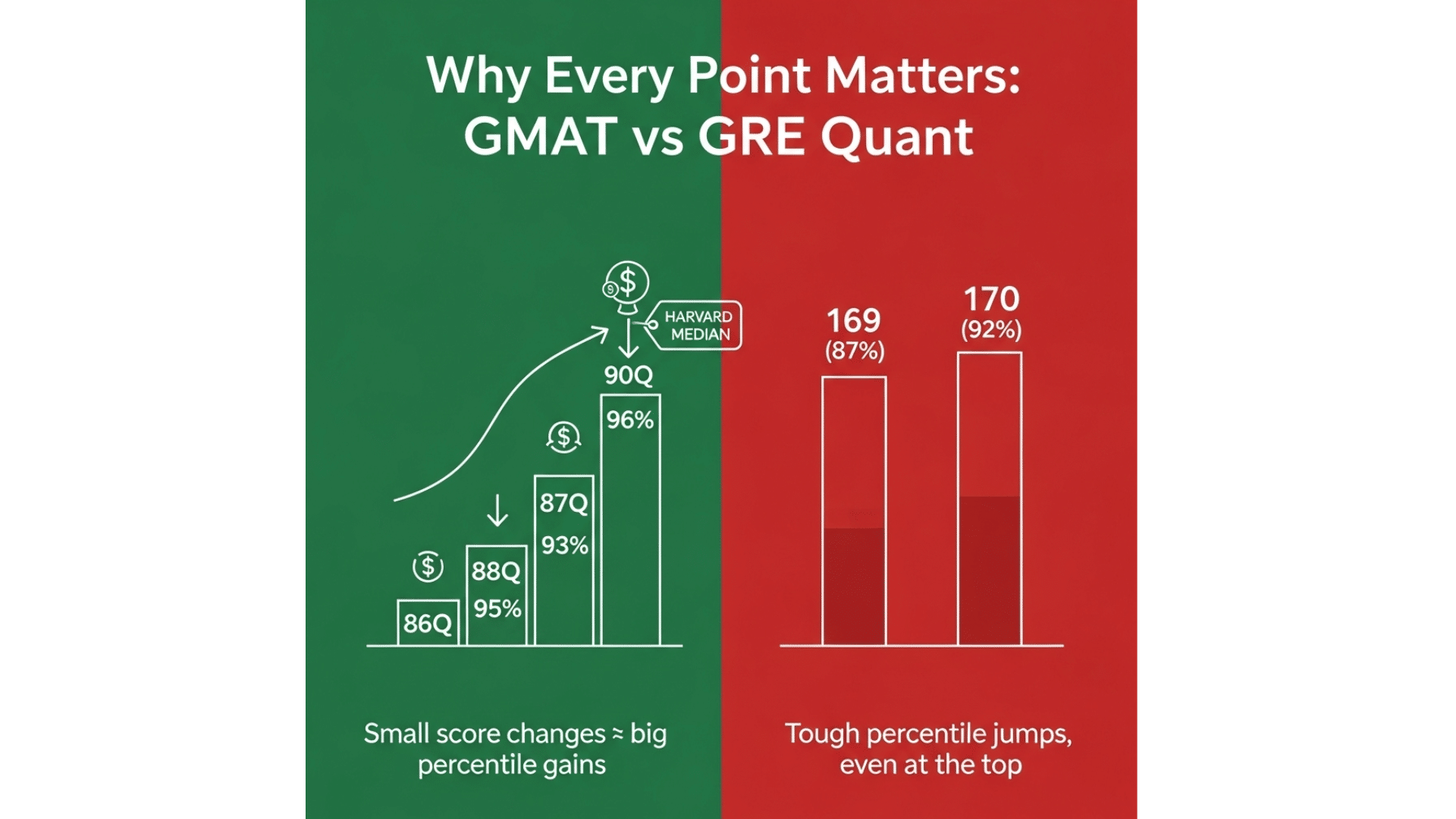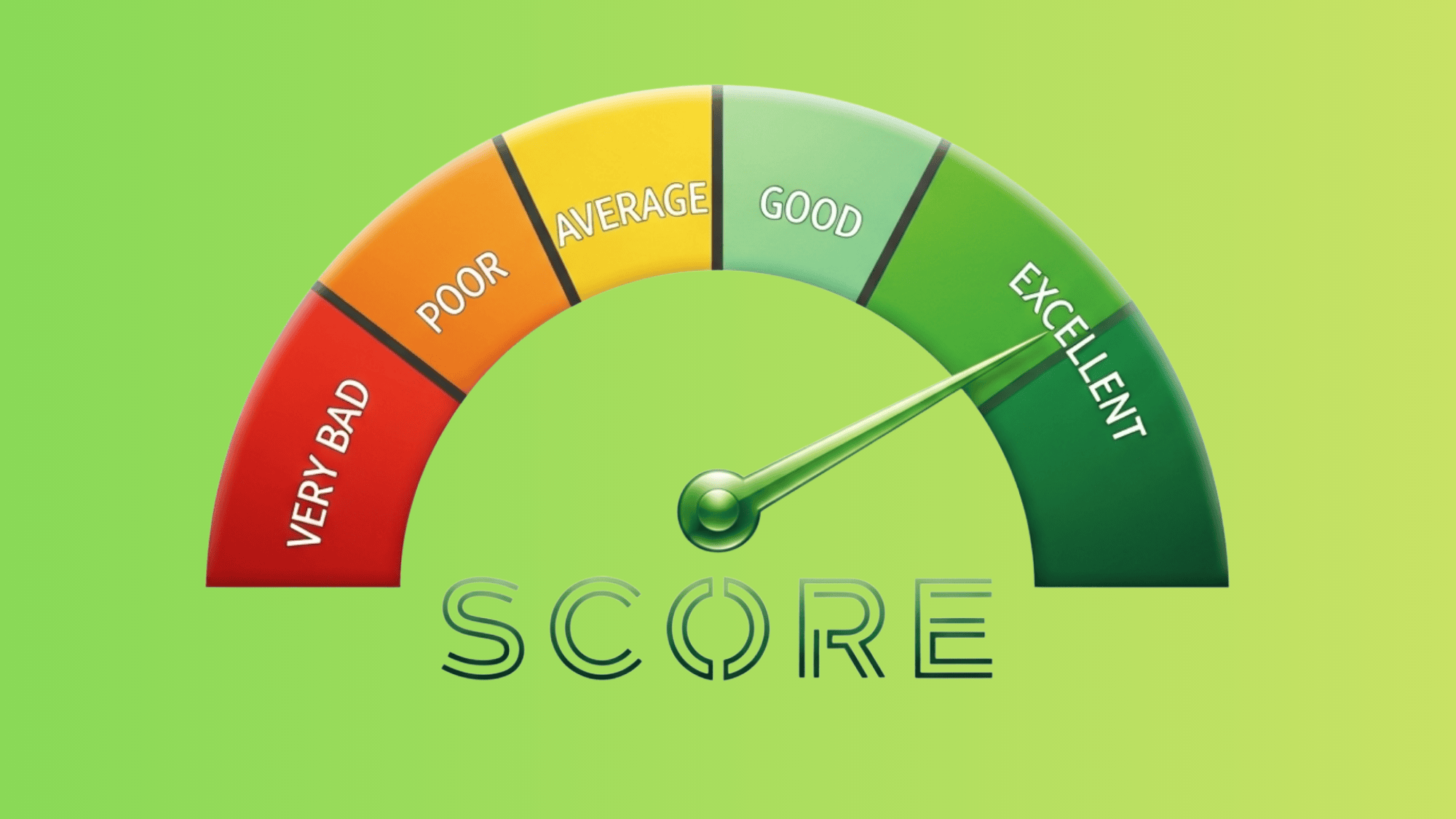Thinking about taking the GMAT for business school? There’s a new version called the GMAT Focus Edition, and it’s different from the one people used to take.
It’s shorter, faster, and made to match what today’s MBA programs really care about. But with new changes come new questions, especially about how scores compare to the old test.
In this guide, we will walk you through everything you need to know, including how to read your score, what it means, and how schools use it.
If you’re planning your MBA future, this is a great place to start.
What is the GMAT Focus Edition?
The GMAT Focus Edition is a newly redesigned version of the GMAT exam, officially launched by the Graduate Management Admission Council (GMAC) in late 2023.
It is the biggest update to the test in over 20 years and was created to better align with what modern MBA and business master’s programs are looking for: strong reasoning, analytical thinking, and decision-making skills.
1. Structural Changes from the Traditional GMAT
The GMAT Focus Edition trims the test down from four sections to just three:
-
Quantitative Reasoning: Still focused on math, but with slightly fewer questions and no geometry.
-
Verbal Reasoning: Tests your reading comprehension and critical reasoning (but no sentence correction anymore).
-
Data Insights: This new section combines elements of data interpretation and logical analysis, much like what you’d find in real business scenarios.
It replaces the older Integrated Reasoning section but goes deeper into analytics.
2. No More AWA
Unlike the traditional GMAT, the Focus Edition does not include the Analytical Writing Assessment (AWA).
This change was made to shorten the test and reflect the fact that most business schools no longer prioritize the essay score during admissions.
3. Shorter Test Duration
The test is now only 2 hours and 15 minutes long, including one optional 10-minute break.
That is a big improvement over the old GMAT, which could take up to 3.5 hours.
The shorter format means less fatigue and a more focused testing experience.
4. New Scoring Scale
One of the biggest changes is the scoring scale.
Instead of the traditional 200–800 range, the GMAT Focus uses a new scale from 205 to 805, in 10-point increments.
This new scale reflects the updated structure and has its own percentile rankings.
Why Score Conversion Matters?

With the introduction of the GMAT Focus Edition, many test-takers think, “How does my score stack up compared to someone who took the older GMAT?”
That is where score conversion becomes essential:
- Comparing Competitiveness with Other Applicants
Many MBA applicants still submit traditional GMAT scores. If you are applying with a GMAT Focus score, you need to understand how your score converts to the old scale so you can compare apples to apples.
Schools often use this comparison internally, even if they do not show it publicly. - Scholarships & School Eligibility
Some scholarships or programs still list score cutoffs using the traditional GMAT scale.
Knowing your converted score can help you determine if you meet eligibility thresholds for funding, early admission, or merit-based awards. - Practice Test Comparisons
Many online tools, test prep platforms, or tutors still offer traditional GMAT-style practice tests.
If you are preparing using mixed resources, you will need a way to convert those scores back and forth to track your progress accurately.
Official GMAT Focus to GMAT Score Conversion Chart
Here is the official GMAT Focus to GMAT (10th Edition) score conversion chart, sourced directly from GMAC’s Concordance tables (August 2024).
This maps Focus Edition scores (205–805) to Classic GMAT scores (200–800) and shows corresponding percentiles:
| GMAT Focus | GMAT (10th Edition) | Percentile (%) |
|---|---|---|
| 805 | 800 | 100.0 |
| 795–785 | 785–795 | ≈100 |
| 775 | 780 | 99.9 |
| 755 | 770 | 99.6 |
| 735 | 760 | 99.2 |
| 715 | 750 | 99.0 |
| 695 | 740 | 97.7 |
| 675 | 730 | 95.3 |
| 665 | 720 | 92.9 |
| 645 | 700 | 87.7 |
| 635 | 690 | 83.1 |
| 615 | 680 | 80.5 |
| 595 | 670–650 | ~77.7 |
| 575 | 630–620 | ~58–68 |
| 555 | 600–610 | ~49–55 |
| 535 | 580–590 | ~40–47 |
| 515 | 560–570 | ~32–43 |
| 495 | 530–550 | ~24–35 |
| 475 | 500–520 | ~19–27 |
| 455 | 470–490 | ~15–21 |
| 435 | 430–460 | ~11–17 |
| 415 | 400–420 | ~8–11 |
| 395 | 370–390 | ~6–9 |
| … | … | … |
| 255 | 200 | 0.3 |
| 205 | 200 | 0.1 |
How Schools Use these Scores
Here’s how business schools are adapting to the new GMAT Focus Edition and what it means for your application:
- MBA Programs Embrace the Focus Edition: Leading business schools were involved in designing the GMAT Focus Edition and have expressed confidence in it.
For example, London Business School and Yale emphasize that the shorter test is more accessible and less daunting, but remains rigorous. - Traditional GMAT Scores Still Accepted: While the classic GMAT is being phased out, schools continue to honor valid traditional GMAT scores for up to five years from the test date.
- Using Concordance for Decision‑Making: Admissions offices rely on official GMAC concordance tables to standardize scores between versions.
Tips for Interpreting Your GMAT Focus Score
With a new format and a new scale, it is natural to wonder Is my GMAT Focus score good enough? Here’s how to break it down:
What is a Good Score?
-
745–805: Excellent (Competitive for Top 10 programs)
-
695–735: Strong (Top 20–30 schools)
-
645–685: Solid (Mid-range programs)
-
Below 645: Can still be competitive with a strong overall profile
Use your percentile to assess how competitive your score is beyond the raw number.
Conclusion
The GMAT Focus Edition offers a simpler test format and a new scoring scale, but knowing how it compares to the older GMAT is important for planning your goals.
If you are applying to MBA programs, aiming for scholarships, or tracking your progress, the official concordance tables and percentile charts can help you understand your score clearly.
Business schools are already using both types of scores.
No matter which version you took, admissions teams are trained to evaluate them fairly. Stay focused on your percentile, prepare well, and know that both scores can be used effectively.
Frequently Asked Questions
Is the GMAT Focus Edition Easier than the Classic GMAT?
Not necessarily. While the test is shorter and more streamlined, the questions are still rigorous, and the Data Insights section can be challenging. The reduced length just means less fatigue, not less difficulty.
Should I Retake the GMAT if I have a Good Classic Score?
If your classic GMAT score is still within the 5-year validity window and competitive, there’s no need to retake it. But if you’re aiming to improve, the GMAT Focus could be a more efficient option.
Are there Practice Tests and Prep Tools for the GMAT Focus?
Yes! GMAC and major test prep companies (like Manhattan Prep, Kaplan, and Target Test Prep) now offer GMAT Focus-specific practice materials, including adaptive practice tests and official sample questions.
Can I Directly Convert My GMAT Focus Score to Old GMAT?
Not exactly, but close! GMAC provides official concordance tables that let you match your Focus Edition score to an equivalent classic GMAT score range and percentile.












